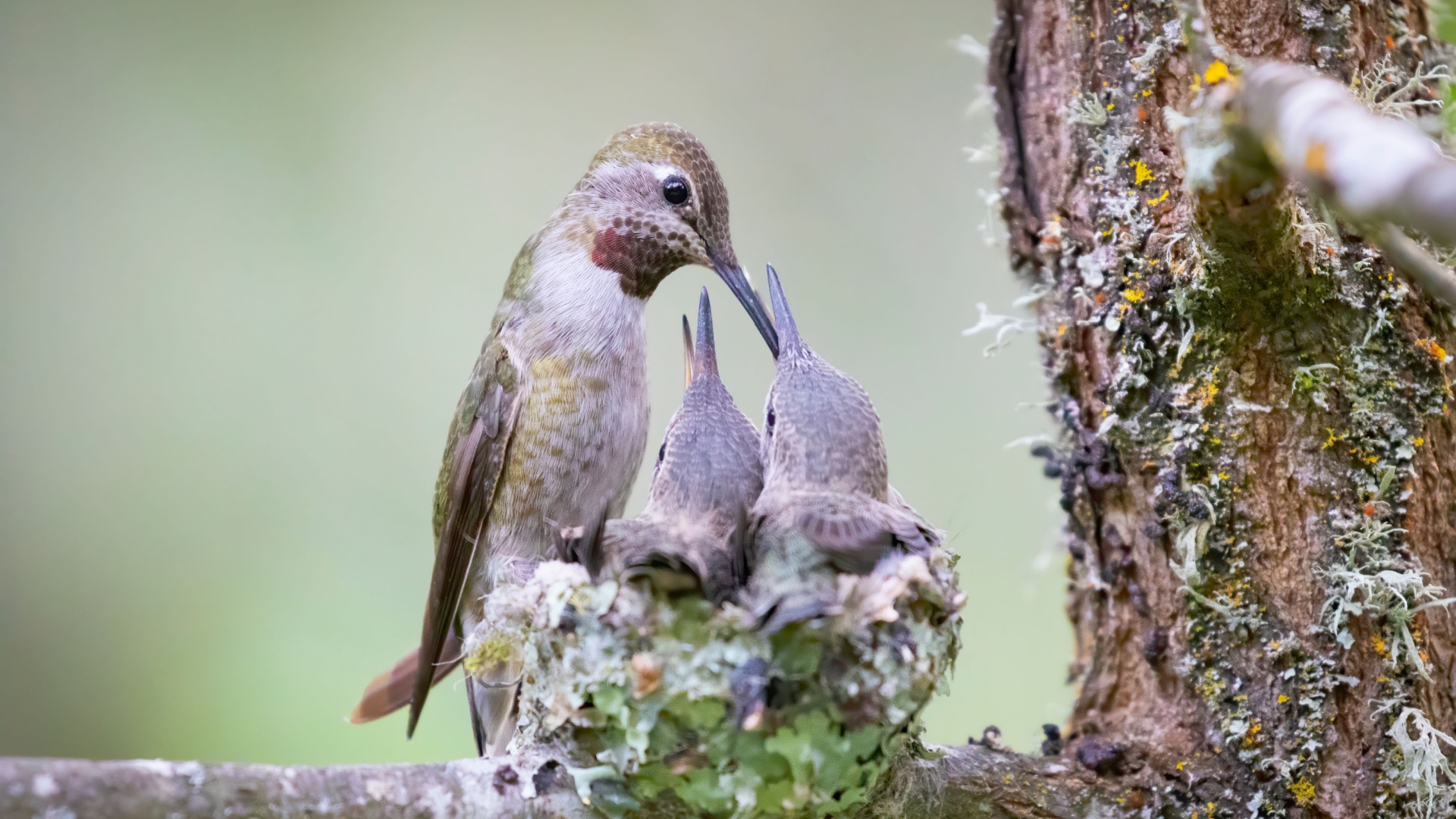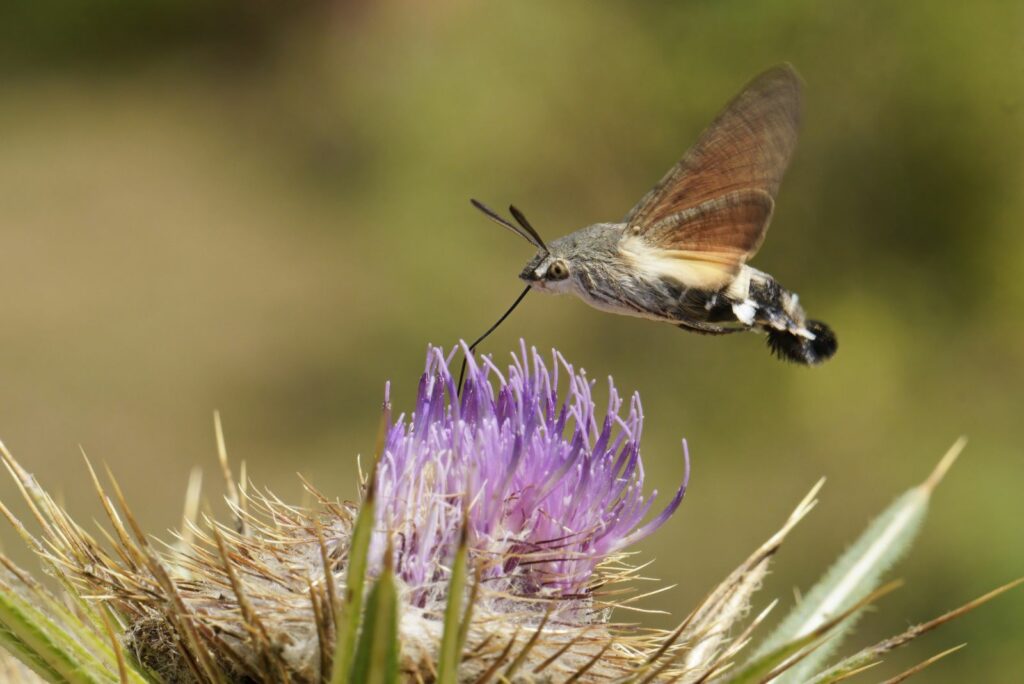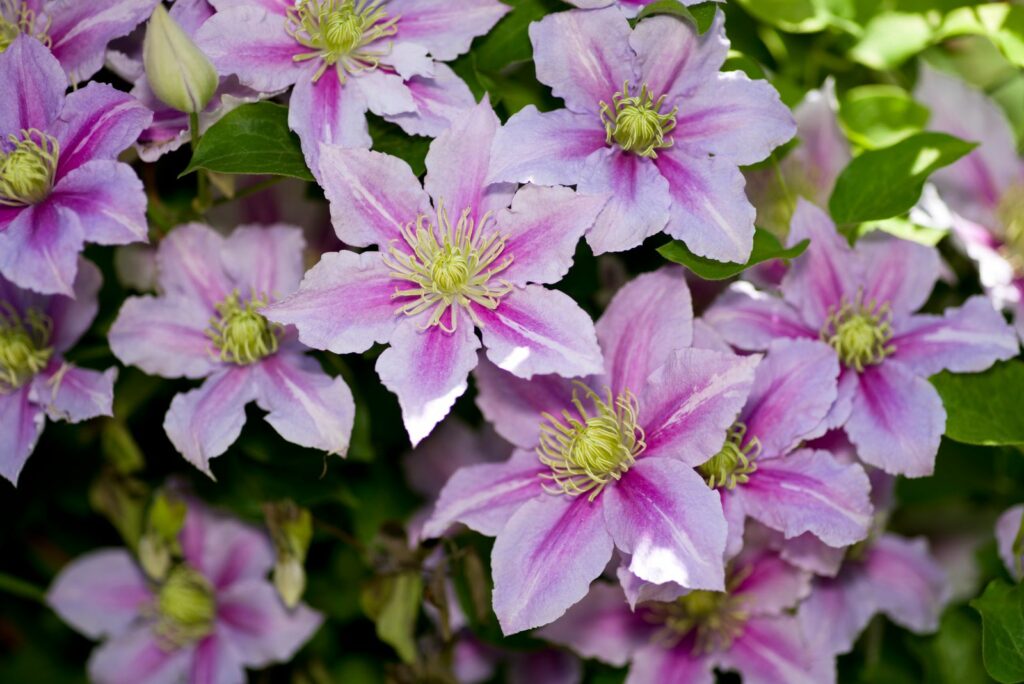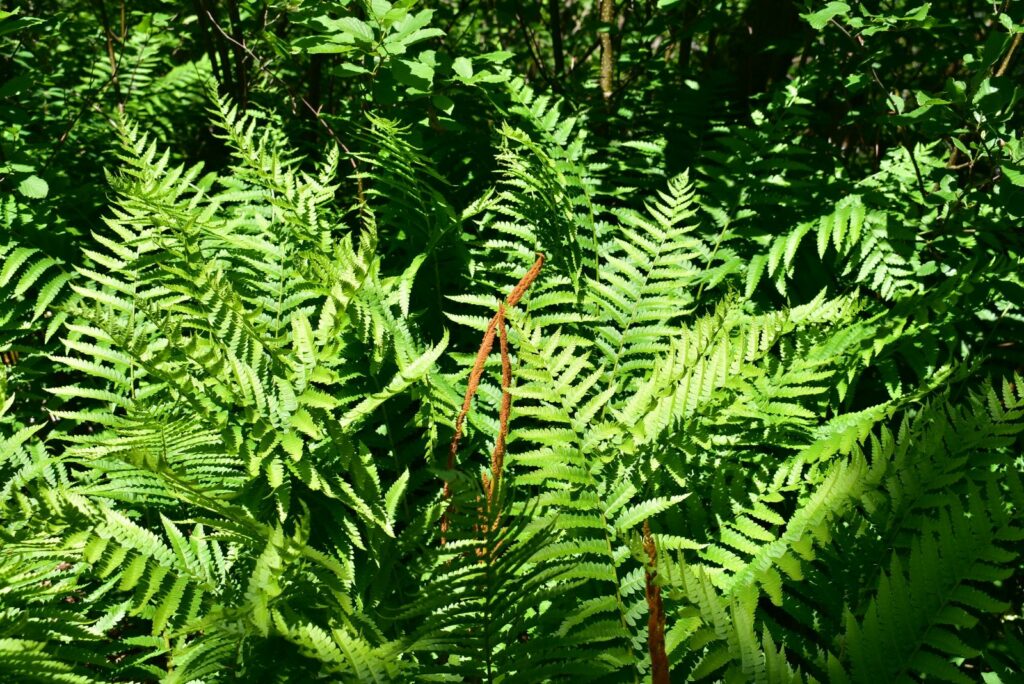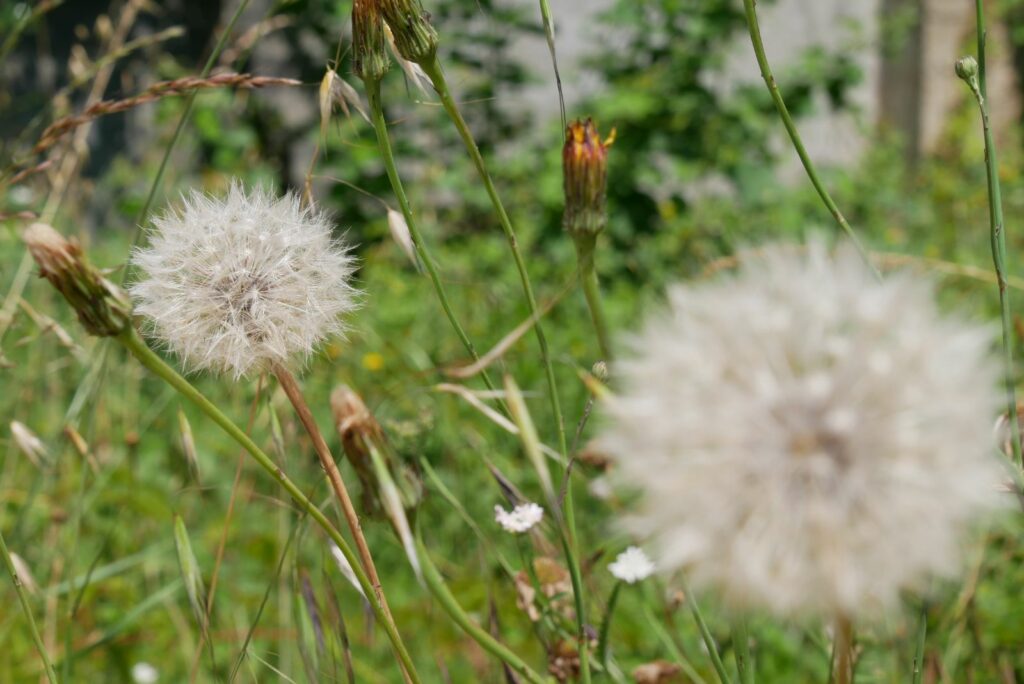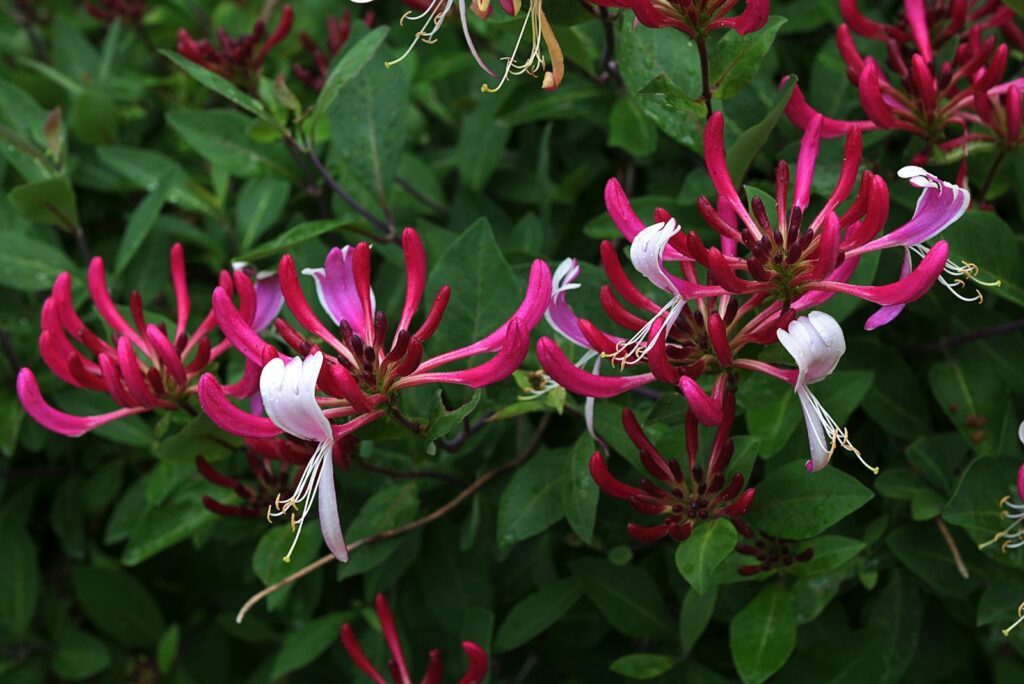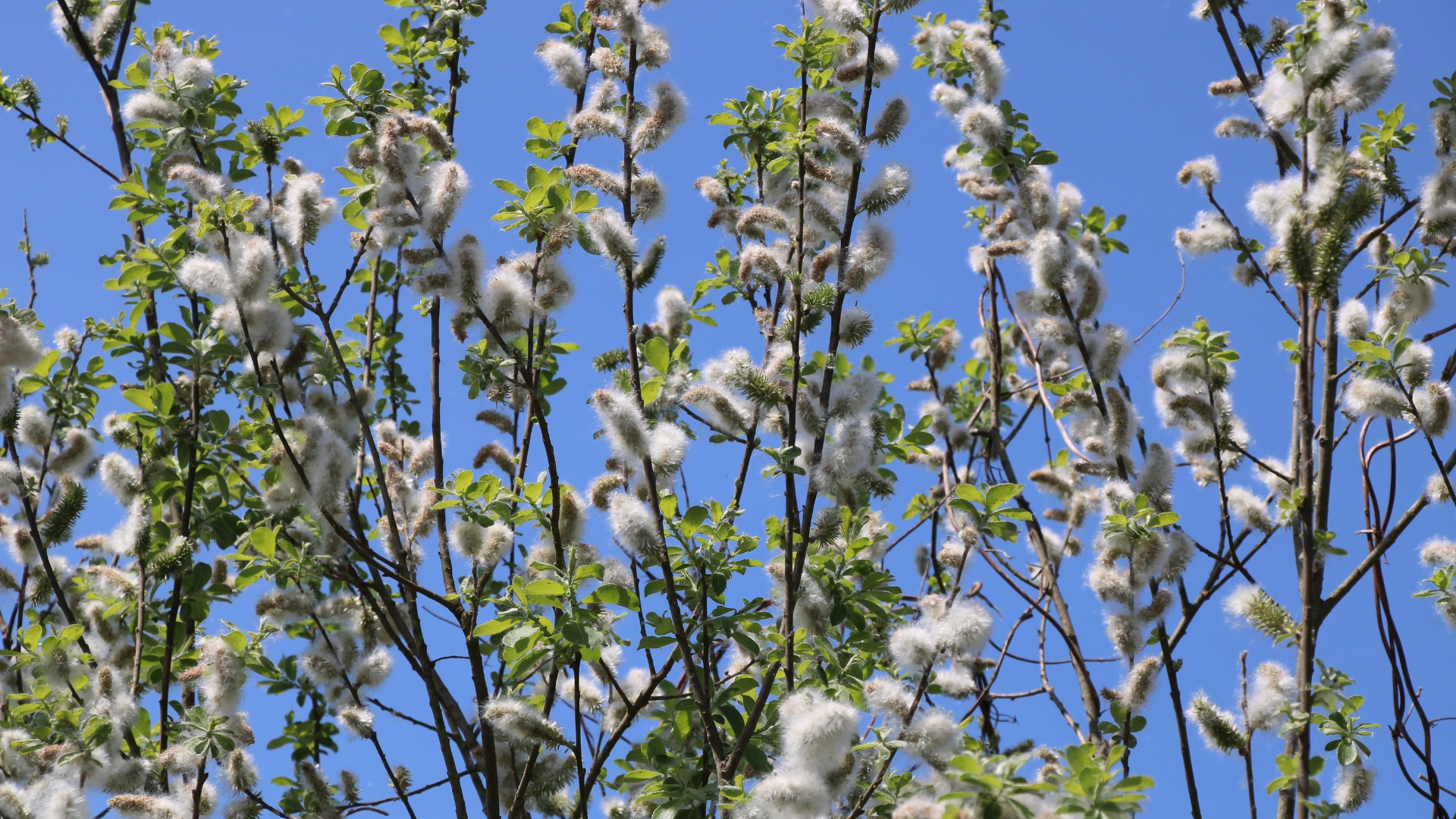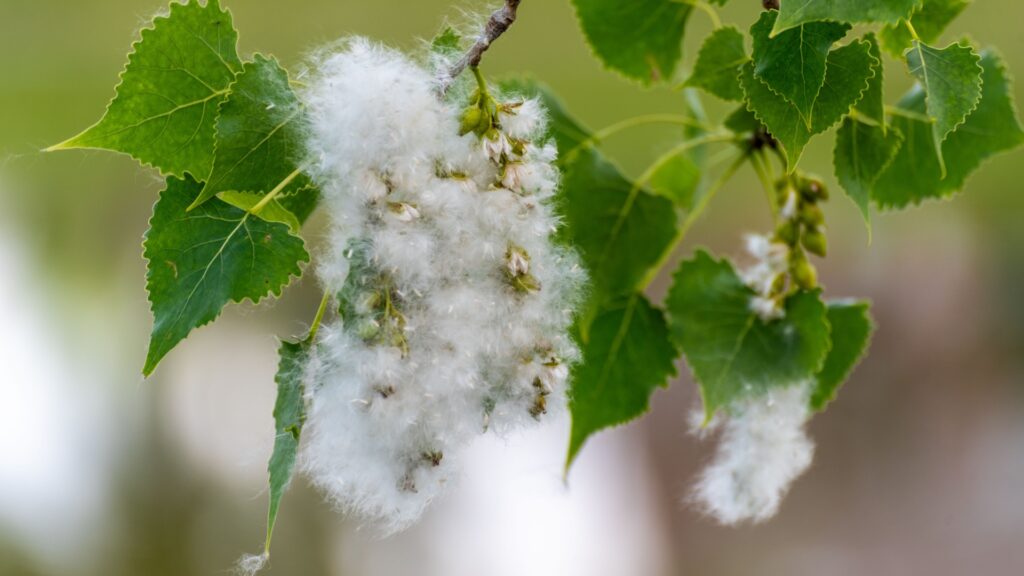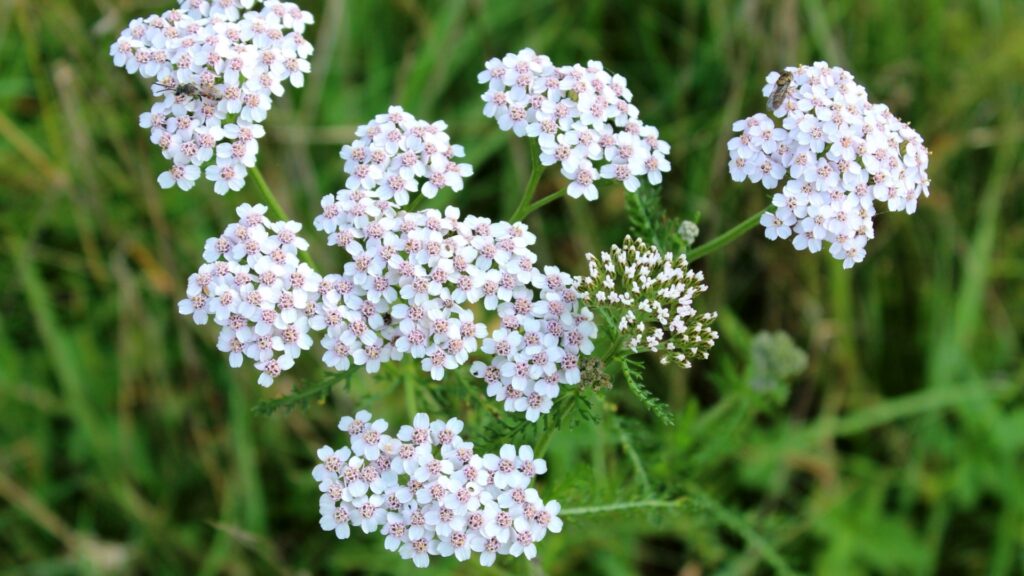Putting up a feeder is nice—but nothing beats seeing hummingbirds build their nests from the ground up, right in your own backyard!
Even if birdwatching isn’t your cup of tea, it’s hard not to smile as they zip from bloom to bloom. And here’s the kicker: you can give them everything they need to nest—no trip to the store required.
Just grow a few nest-friendly plants, and your garden will become their go-to home sweet home. Bonus? These blooms are real showstoppers, too.
So, roll out the red carpet for your tiny guests by planting…
1. Thistle, A Lovely Plant That Provides Shelter For Hummingbirds
I know you might find this strange because we usually eliminate thistles with herbicides, but hear me out.
While some thistles can be invasive, many native varieties are great for your garden. For example, field thistle produces nectar that attracts hummingbirds, while waterproof thistle can keep their eggs safe and dry.
These birds love thistles not just for the tasty food but also for building their nests.
Hummingbirds need to eat every 10 minutes to stay energized, so having thistles nearby makes life easier for them. Just make sure they grow in sunny spots with well-draining soil, and both birds and thistles will be happy!
Related: 5 Beautiful Perennials That Will Keep Birds Flocking To Your Garden All Winter
2. Clematis Is Filled With Nectar That Hummingbirds Love
With around 380 types of clematis, I’m sure you’ll find plenty of blooms to brighten up your garden!
These vines are nectar-rich and you know what means – they’re favorites among pollinators! That includes our lovely little feathered friends.
Hummingbirds not only love sipping from clematis flowers but also use them to build their nests.
Once the blooms fade, feathery seed heads appear, and they gather the soft materials to create an inner layer for their nests (sounds amazing, right?).
What’s also great about clematis is that they’re super easy to take care of. They come in all shapes and sizes – some climb, some spread, and others act like shrubs.
Generally, clematis thrive in USDA hardiness zones 4-10 and love full sun, although some can handle partial shade. They prefer slightly alkaline soil that drains well but shouldn’t be left to dry out completely.
Related: Here’s How And When To Prune Clematis To Get The Most Flowers
3. Cinnamon Fern Provides All The Necessary Nest-building Materials
In the wonderful world of birds, female hummingbirds actually work hard to build small, comfy nests that can stretch as their babies grow.
Meanwhile, the males… well, they’re probably off admiring their own reflection somewhere.
The ladies start with a sturdy base made of twigs and other plant materials, then look for soft lining like the fibers from cinnamon fern. These fluffy fibers cradle the eggs and keep them warm.
Cinnamon fern is also a host for insects like caterpillars, providing essential protein for the hummingbirds. These plants are hardy in zones 4-10 and are one of the best native plants for landscaping across most of North America.
This plant is relatively easy to grow, reaching up to six feet tall and three feet wide when established. While it prefers dappled shade, cinnamon fern can thrive in full sun if it’s in standing water.
Did you know: This Is Why Leaving Grape Jelly Outside Could End Tragically For Hummingbirds
4. Hummingbirds Love Fuzzy Dandelions
Although dandelions are often seen as annoying weeds in our yards, hummingbirds adore using these tiny flowers to build their nests!
Remember making wishes on their fluffy white seed heads as a kid?
That light, fuzzy dandelion down is perfect for lining a hummingbird nest. It provides insulation and waterproofing while being super gentle on their hatchlings’ delicate skin.
So, if you’ve got some sprouting up in your yard, do not get rid of them if you want hummingbirds around.
These plants are incredibly low-maintenance. They can grow in USDA zones 3 through 9, tolerating both full sun and shade. If you want them to thrive, make sure to provide them with fertile soil that drains well.
Related: 25 Ingenious Ways You Can Use Dandelions Instead Of Throwing Them Away
5. Honeysuckle Is A Real Treat For Hummingbirds
Honeysuckle is a hummingbird favorite because they produce feathery seed heads that are perfect for nest-building.
One standout variety, trumpet honeysuckle, is a real treat for hummingbirds.
Its tubular flowers are ideal for their long bills to reach the nectar. The plant is also a host to caterpillars, providing much-needed protein for mama birds and their babies.
This easy-care vine can grow up to 15 feet tall (I use it for covering up my fence!). It blooms best in full sun and has prominent red, orange, or yellow flowers.
6. Pussy Willow Offers the Softest Nest Lining
If you’ve ever touched the fuzzy catkins of a pussy willow, you’ll know exactly why hummingbirds love them. These velvety soft fibers are perfect for lining their tiny nests, giving hatchlings a cozy and well-insulated home.
Besides being a favorite for nest-building, pussy willows also attract early-season pollinators and provide a great food source for birds.
These hardy shrubs thrive in zones 4-8 and prefer moist soil with full to partial sun. Just plant one in your yard, and you’ll be offering a 5-star nesting material supply to your hummingbird guests!
7. Milkweed: A Multipurpose Haven for Hummingbirds
Milkweed isn’t just for monarch butterflies—it’s also a hummingbird-friendly plant that provides nectar, shelter, and soft nest materials. When the blooms fade, the plant produces fluffy seed fibers that female hummingbirds eagerly collect for their nests.
These low-maintenance perennials grow well in zones 3-9, thriving in full sun and well-draining soil.
They also support a variety of beneficial pollinators, making them a perfect addition to any wildlife-friendly garden. If you want to help hummingbirds and butterflies in one go, milkweed is the way to do it!
8. Cottonwood Trees Provide Fluffy Fibers For Nesting
You might recognize cottonwood trees by the fluffy white “snow” that falls in late spring—those aren’t snowflakes, but seeds wrapped in silky fibers that hummingbirds absolutely adore!
These soft tufts are ideal for lining nests, giving hatchlings a warm, cushioned space to grow. The fibrous fluff is light, easy to work with, and naturally insulating—perfect for the tiny architects that hummingbirds are.
Cottonwoods are also fast-growing trees that provide shade and shelter, adding both beauty and wildlife support to your yard.
They thrive in USDA zones 3-9 and prefer moist, well-draining soil with plenty of sunlight. Just keep in mind: they can grow tall (up to 100 feet!), so they’re best suited for larger gardens or spaces with room to spread.
9. Yarrow Is A Low-Growing Plant With Nesting Perks
Yarrow isn’t just a favorite among herbalists—it’s also a useful plant for hummingbirds building cozy nests!
After blooming, yarrow produces clusters of fine, feathery seed heads. These lightweight materials are easy for female hummingbirds to gather and weave into the soft lining of their nests.
Plus, yarrow’s flat flower heads attract beneficial insects and pollinators, giving your garden a helpful boost in biodiversity.
This plant is tough and drought-tolerant, thriving in zones 3-9 with minimal fuss. It loves full sun and well-drained soil, making it a great choice for borders, wildflower gardens, or even container planting.
So, whether you pick one of these plants or grow a whole bunch, you’ll be helping hummingbirds gather the perfect materials for their nests. They work hard, so the least you can do is give them a hand!
Did you know: Why It’s So Tough To Spot Baby Hummingbirds And What You Need To Know About Them

